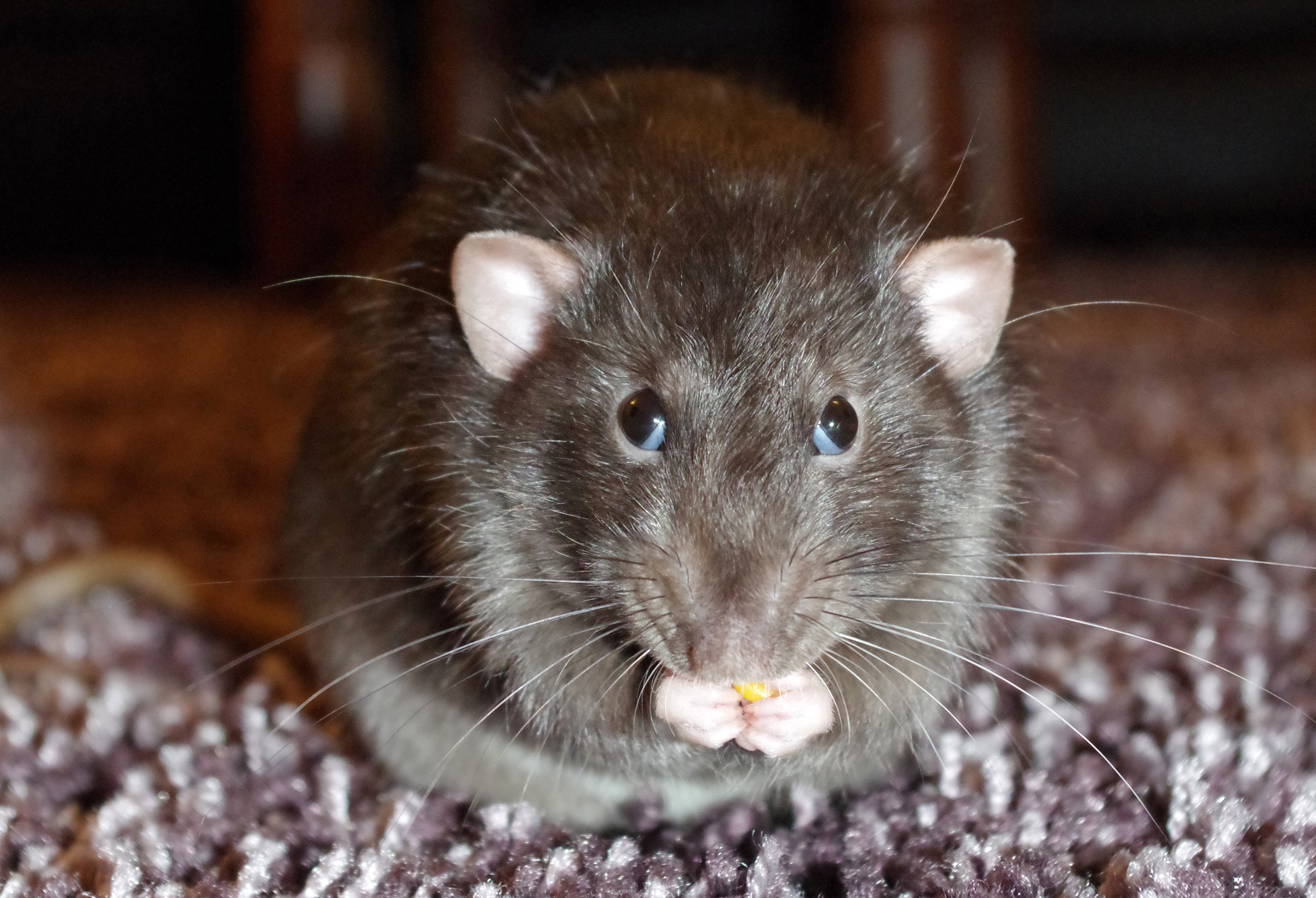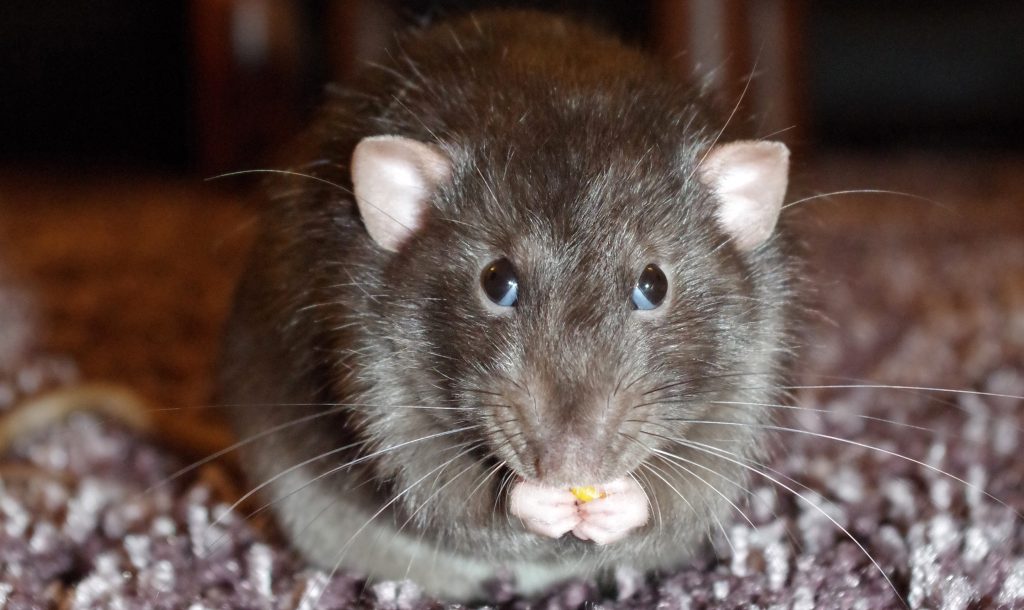
From plague, to meals, to piles and piles of poo — Andrew Selth on the former capital’s resident rodents.
When I was posted to the Australian embassy in Rangoon (now Yangon) in 1974, I spent my first six weeks living at the Strand Hotel. This was before the grand old building was renovated and turned into one of the city’s most exclusive hostelries.
As I was sitting in an enormous bathtub one night soon after my arrival, I was surprised to see what I thought was a mongoose run across the bathroom floor. On investigating further, I discovered that it was in fact a large rat. This was my introduction to the former capital’s most prolific form of wildlife.
I was reminded of this incident recently when reading Bad Lands, a memoir by Tony Wheeler, who co-founded the Lonely Planet guide book company. He described a similar experience in the Strand Hotel in 1979:
What was a problem was that at 10pm not only did the bar shut, but also the rats came out to play. Soon they were bounding across the lobby, leaping from sofa to table to chair. Occasionally, they’d short-cut right across your lap, which reduced our Dutch friend to crouching on top of his chair with his feet drawn up, uttering unhappy squeaks.
The American travel writer Andrew Harper once claimed that, during the 1980s, the Strand’s rats were almost as legendary as the ducks at Memphis’s famous Peabody Hotel.
Tourists who visited Burma (now Myanmar) during the Ne Win era (1962–1988), and the small community of foreigners resident there, rarely came away from the country without a tale or two about its ubiquitous rat population. They were counted among the standard ‘war stories’ circulated by veterans to impress those who had not been there. I remember being encouraged by my colleagues to emphasise the extent of Rangoon’s rat problem in my reports back to Canberra, as a way of deflecting attempts by public service inspectors to reduce the embassy’s hardship allowances.
In fact, there was a lively debate among the diplomatic corps as to the most rat-infested public buildings. Many named the YMCA, where backpackers often stayed before heading north to sites like Pagan. Others suggested the state-run Mandalay Hotel, which had a reputation for being overrun by vermin. One British colleague favoured the dak bungalows which dotted the countryside, for the use of travelling Burmese officials.
My nomination was the old Rangoon airport terminal, where I once had to leave a young Australian tourist to spend the night before he was deported. The next morning he told me that he did not get a wink of sleep because of all the rats running over him.
I once raised this subject with the resident World Health Organization representative. He told me that a WHO study had determined that there were then over 5 million rats in Rangoon, excreting an estimated 65,000 tonnes of faeces every year. Some of the excrement was washed away by the annual monsoon rains, but public sanitation was almost non-existent, which meant that each year’s waste simply piled up on that of past years. This veritable mountain of rat droppings added to the unhealthy conditions which normally prevailed in the city, greatly increasing the risk of disease.
Indeed, the WHO believed that about 10 per cent of Rangoon’s rats carried fleas infected with bubonic plague – the ‘Black Death’ of medieval Europe. In 1974, there were 700 cases of plague reported in and around the city. In 1975, 275 cases were reported in the Rangoon and Pegu area, with 20 deaths. In 1976, the year I left Burma, there was an outbreak of plague around Mandalay. About 1,000 people were diagnosed with the disease. Only 14 deaths were reported, but this was thought to be an under-estimate as plague mortality runs between five to 20 per cent in treated cases and 90 per cent in untreated cases.
The large populations of both domestic and field rats in Burma contributed to other problems. Rat bites and scratches caused ‘rat fever’ and other infections. Rat saliva and urine was responsible for leptospirosis and viral diseases like LCMV. Also, the most common rodent throughout urban and suburban Rangoon, the lesser bandicoot rat, was renowned for its burrowing abilities. It was blamed for a range of structural problems such as weakened building foundations, subsidence and the partial collapse of walls, as well as damage to sidewalks and storm water drains.
At the same time as the WHO was trying to tackle Burma’s health problems, the UN’s Food and Agriculture Organisation was trying to determine how much of the country’s annual harvest was lost due to rats and other rodents. For, not only do they eat rice, pulses and other crops, both in the field and at mills, but they also contaminate foodstuffs with their faeces. Grain stored in ramshackle godowns (warehouse) was particularly susceptible to damage. Given that rice was the country’s staple food, and the main source of Burma’s export earnings, any significant reduction in the crop became a national concern.
During the 1970s, the situation in Burma was considered so dire that the UN launched a major project led by a Rodent Control Demonstration Unit, made up of foreign and local experts. It had a number of historical precedents.
Before 1948, the British colonial regime was concerned about Burma’s rats, for much the same reasons. Between 1905 and 1940, it recorded 165,400 deaths from bubonic plague. Also, the loss of crops from rats was considered a serious economic issue. In an effort to tackle the root cause of these problems several rat catching campaigns were launched by the authorities. In 1909, for example 1,711,000 rats were destroyed, mainly in urban areas. Similar efforts were made after the Second World War, when another outbreak of plague was feared. Some rats caught weighed 600 grams and were 27 centimetres long.
During the war, the Japanese occupation forces placed a high priority on public hygiene. To help eradicate disease, every house in Rangoon was required to have a rat trap, and to produce a dead rat every so often. As a reward for this act of civic responsibility an official token was issued. Checkpoints were set up at crossroads around the city, and penalties levied against anyone unable to produce a token on demand.
As the number of rats in the city gradually declined, a black market in counterfeit tokens sprang up. Some entrepreneurial souls even started breeding rats to sell to people unable to catch their own, which rather defeated the purpose of the exercise.
Allied prisoners of war held in Rangoon’s Central Jail have vividly recalled their encounters with the local rat population. One wrote in his diary:
I can’t remember if I have mentioned the rats? Since moving to the lower floor I have made the acquaintance of large numbers. After our meals they try to steal the rice spilled between the cells. They often stay with us for the rest of the night and even attempt to share Corporal Leese’s bed.
These POWs later called themselves ‘the Rats of Rangoon’. Their ironic nickname doubtless stemmed at least in part from their furry fellow inmates.
Japanese guards on the Burma-Thailand railway organised rat hunts for health reasons, but POWs there ate rats to supplement their meagre rations. This was not as unusual as it may sound. The Karens and some other ethnic minorities in Burma included rats in their regular diet.
Ethnographers have even recorded the unusual methods used to catch their prey, by using wooden rattles and three-pointed spears. When I lived in Rangoon, my Karen durwan (watchman) used to keep himself awake at night by killing the rats that ran through the lush vines growing across my house. The sound of his spear hitting the outside wall used to stimulate interesting conversations at formal diplomatic dinners.
Rats continue to cause problems in modern Yangon. Many live in the sewers, and under the old colonial buildings that characterise the city centre, but they are also found in houses, markets, hotels and shops. The website Trip Advisor includes several recent posts in which tourists complain about the rats they encountered in hotels and restaurants.
One described a foot-long rat that crawled down the wall of an up-market eatery and perched on a stall behind one of the diners, unfazed by the activity around it. Nor is the rural population safe. After Cyclone Nargis in 2008, for example, villagers faced an infestation of rats which destroyed their surviving crops and attacked what little food they had left.
Despite all the efforts made to eradicate them over the past 150 years, the rats of Rangoon are clearly still making their presence felt. They are likely to remain a part of the Burmese scene for quite some time yet.
Andrew Selth is an Adjunct Associate Professor at the Griffith Asia Institute, Griffith University, and at the Coral Bell School of Asia Pacific Affairs, Australian National University.
 Facebook
Facebook  Twitter
Twitter  Soundcloud
Soundcloud  Youtube
Youtube  Rss
Rss 